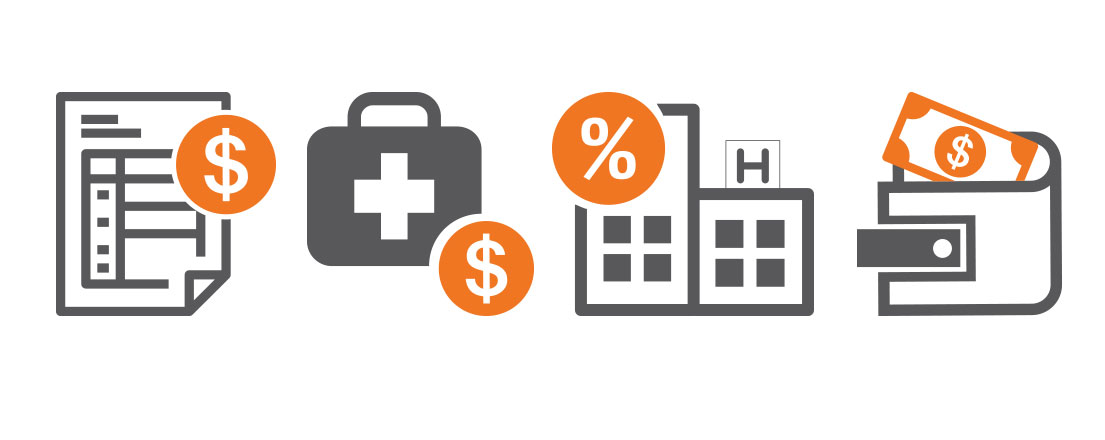
Understanding Your Health Plan: Key Terms and What They Mean
Health insurance terms can be quite confusing, but by learning what each means and how they work together, you can better understand your true health care costs and make a more informed decision to select the right health plan for you and your wallet.
Look beyond the premium
Every health plan is unique. Your specific benefits and costs depend on which plan you choose. But before choosing, make sure you look beyond your monthly premium (e.g., the amount you pay each month for health insurance) to see the real costs.
When you use your health plan for covered services (like medications, doctor visits, medical supplies, etc.), your insurance company pays some of the cost. But you have some costs, too, which are referred to as out-of-pocket costs. These out-of-pocket costs include copays, deductibles and co-insurance, but do not include your monthly premiums or non-covered services.
Out-of-pocket expenses include:
- Copay: A fixed amount for each doctor visit, medication or medical supplies. Copays do not count toward the deductible. You will continue to pay copays after you have met your deductible, until reaching your out-of-pocket limit.
- Deductible: The amount you pay for some covered medical services before your health plan begins to pay for them. You’ll have per-person and family deductible amounts.
- Coinsurance: The percentage of charges for certain covered services that you pay after you meet your deductible. Not all plans have coinsurance.
- What you pay for these charges count toward an out-of-pocket limit – the most you will pay for covered services during a benefit period (usually a calendar year). After that, your health care insurer pays 100 percent of the allowed amount.
Learn how out-of-pocket costs work in under three minutes with this video:
Categories: Get To Know Your Plan